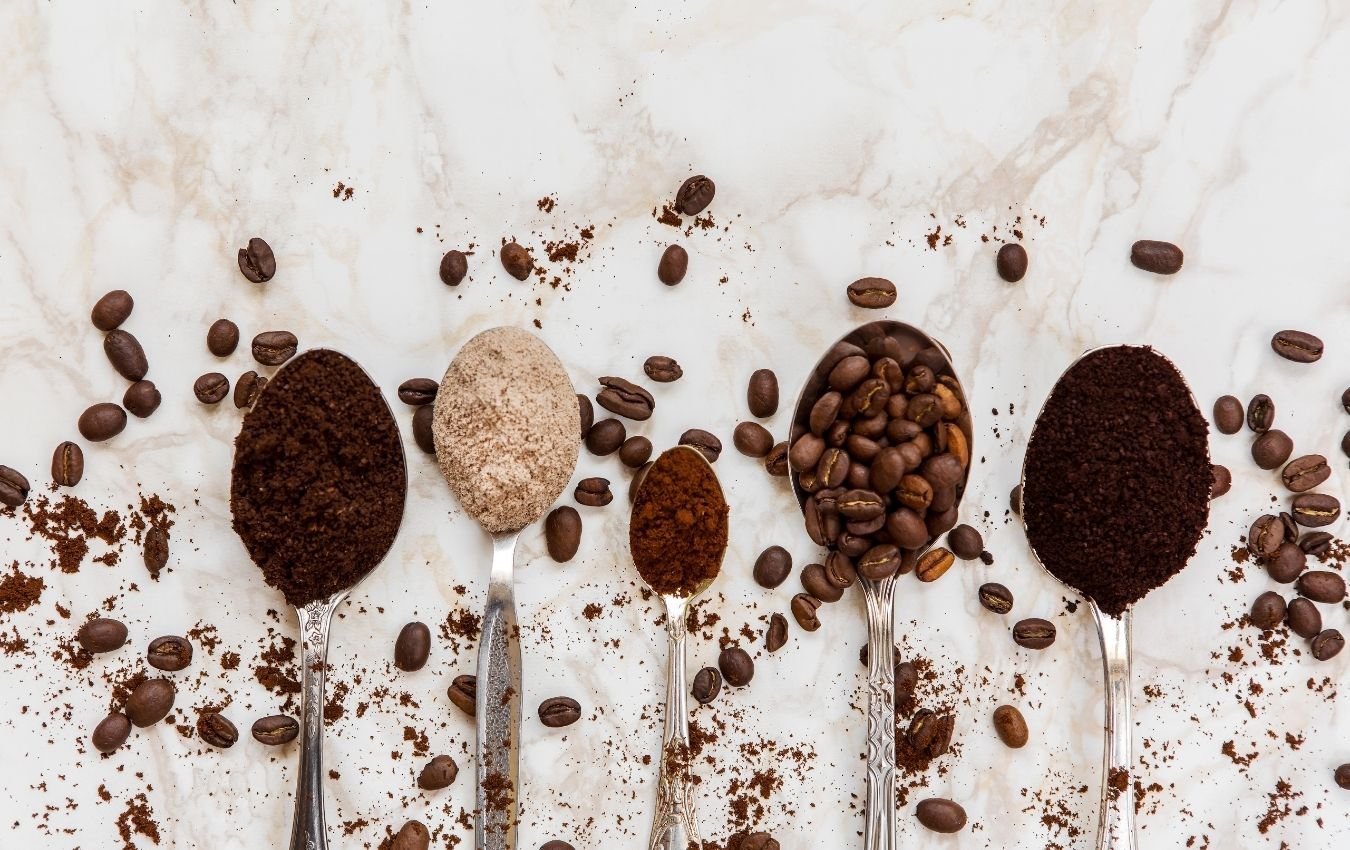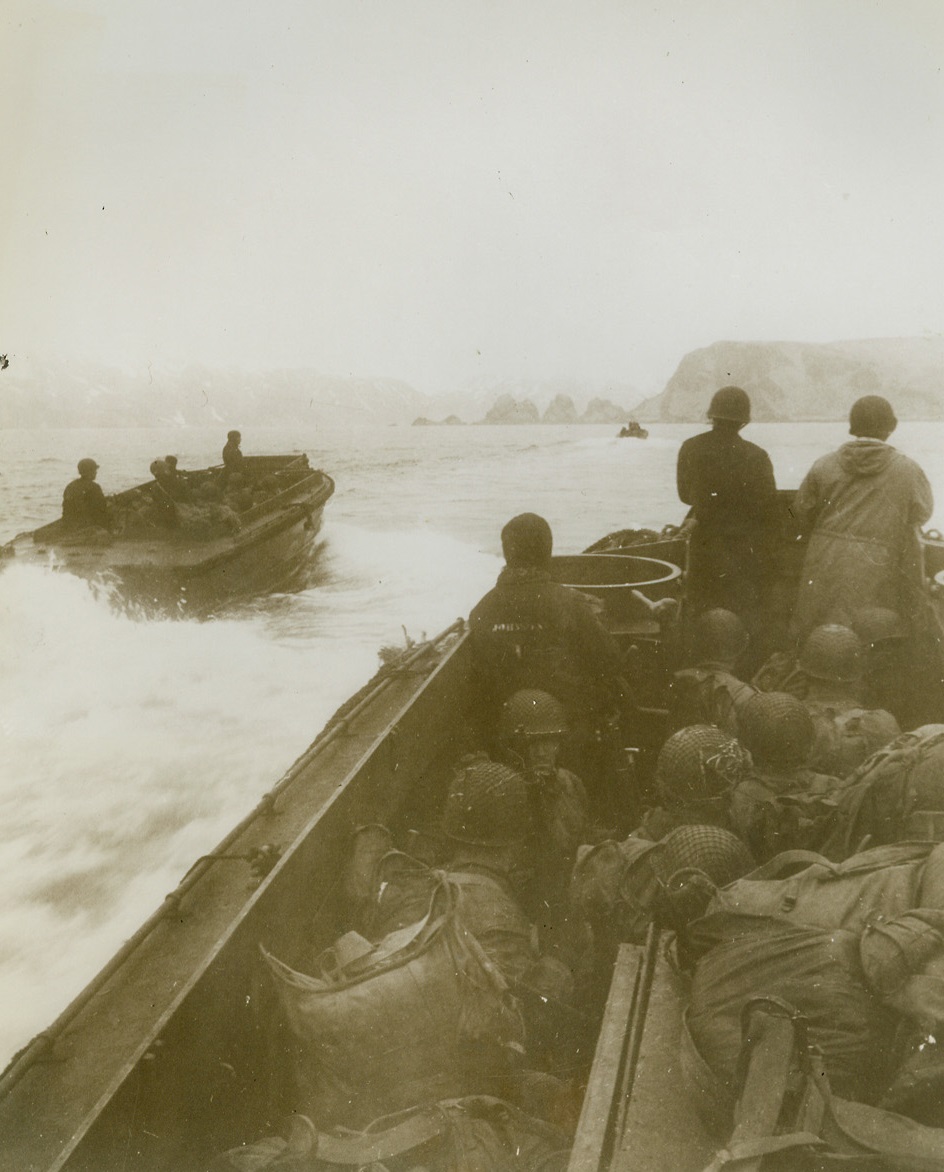 coffee grinding chart - Coarse grind will look and feel something like sea salt. If you look closely, you can see the individual grains, but you may have to strain your eyes a bit. Good luck, and may you never stop grinding, my friend! Under extracted is when we haven't dissolved enough of the good stuff from the coffee. You'll really only need to grind your coffee into an extra-fine flour-like consistency when using the Turkish coffee method, and you'll likely need a Turkish coffee grinder to achieve this extra-fine grind.
coffee grinding chart - Coarse grind will look and feel something like sea salt. If you look closely, you can see the individual grains, but you may have to strain your eyes a bit. Good luck, and may you never stop grinding, my friend! Under extracted is when we haven't dissolved enough of the good stuff from the coffee. You'll really only need to grind your coffee into an extra-fine flour-like consistency when using the Turkish coffee method, and you'll likely need a Turkish coffee grinder to achieve this extra-fine grind.
If you want to learn how to brew Turkish coffee read my post with step by step directions. You're most likely to find it with Turkish coffee. If you are one of the lucky people with an at-home grinder, or you're thinking about getting one, cleaning a bunn coffee maker with vinegar that's great! It's a great grind for cold brew. Medium grinds are great with most pour over brew methods, as well as siphon brewing. For now, let's focus on the right grind size for your brewing method.
It won't be sour or too bitter, so you can focus on the flavor of your coffee. Since not all coffees are the same, you can still have a balanced extraction if you focus on the variables that get the highest or ideal percentage extraction. Fine grind is standard coffee grind, and it's the default for most pre ground coffees you'll find at the store.
This method uses higher water temperatures than other methods, making it more susceptible to over-extraction, so you want to avoid grinding too fine. Thus, the harder it is for the water to flow through them, resulting in a bitter coffee. A finer grind clumps together when submerged in water, keurig vue v500 resulting in suboptimal extraction. Using a medium-coarse grind in a Chemex will help balance out the extraction and brewing time. This would be the cheapest option-and the option that will give you the most toned forearms!
There's no "one size fits all" option for brewing delicious coffee. But the best way to do this varies depending on the brewing method, and requires different grind sizes. It's just that the grind size for these methods varies depending on other factors like brew time. That's typically 3-5 minutes depending on the volume of coffee they're producing. You don't want to end up with coffee that's over or under-extracted.
If that sounds familiar, that's because most pre-ground coffee is sold as espresso grounds. Your coarse coffee grounds should be about the size of sea salt. But hey, if you enjoy using ground coffee and stick to espresso, krups coffeemakers there isn't a 'need' for a grinder at first glance. You'll also want to grind coarse when using a percolator. The brew time for this method can last up to 24 hours, during which you'll want your cold water to circulate through the coffee.
All of the rich flavors that make your cup stand out need to move from the beans to the water. Again, water flow is key for this method, as well as the need for your extra coarse coffee grounds to settle to the bottom of the kettle before pouring. Cowboy coffee is a classic outdoorsy method of coffee brewing, which requires you to boil your water in a pot or kettle, then add the coarse coffee grounds to the hot water.
On the other hand, under-extraction occurs when you haven't extracted enough soluble compounds out of the grounds. With an extra coarse grind, the particles should come out the size of peppercorns. When you use the wrong grind size for a brewing method, the coffee will come out either too strong or too weak. This will usually be the largest size that any standard Burr grinder will allow.
Therefore, the size of your grind is equally important. How to grind coffee at home? Acids and salts tend to be dissolved faster than sugar, and this salty flavor is sometimes derived from the sourness of your coffee. If the grind is too coarse, not enough flavor will make it into your coffee, making it taste sour and watery. Your medium-coarse grind will be similar in size to coarse sand.
The right grind size will help you make an aromatic, flavorful cup that highlights the best characteristics of the coffee. This heat somehow heats up your coffee, and upon brewing, it will be overcooked. When you use your own grinder to grind your own coffee, you can use that same bag of whole coffee beans for any brew method that you like.
This is the best grind to use with a Chemex or Clever Dripper. No matter the roast, the beans come to their best flavors a few days after roasting, when they've had enough time to rest and degas, and they retain these flavors within a margin of 1 to 2 weeks. You can keep roasted whole beans for about two weeks at room temperature.







 Some even like so as to add marshmallows on prime of their
Some even like so as to add marshmallows on prime of their 


